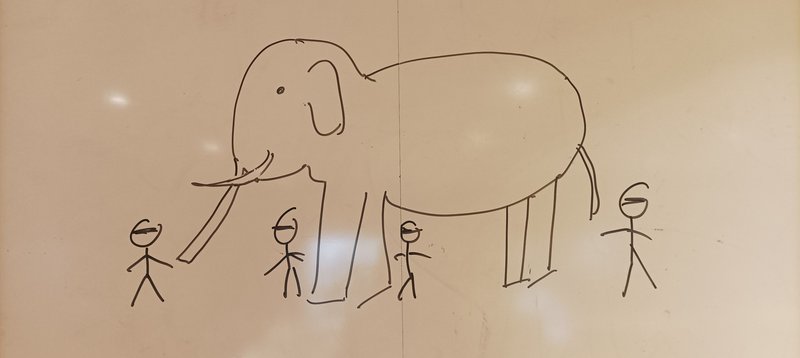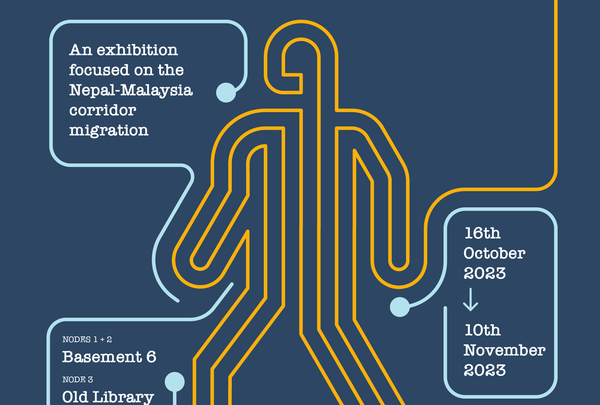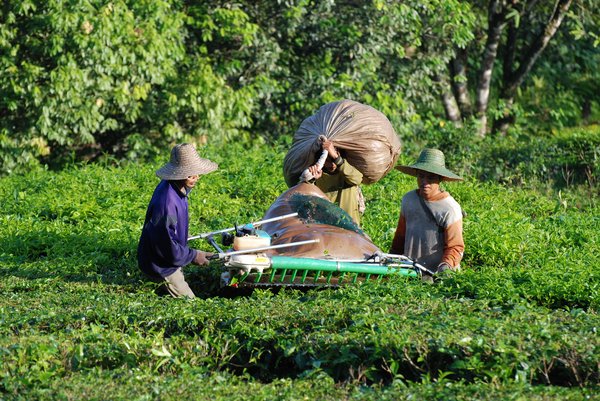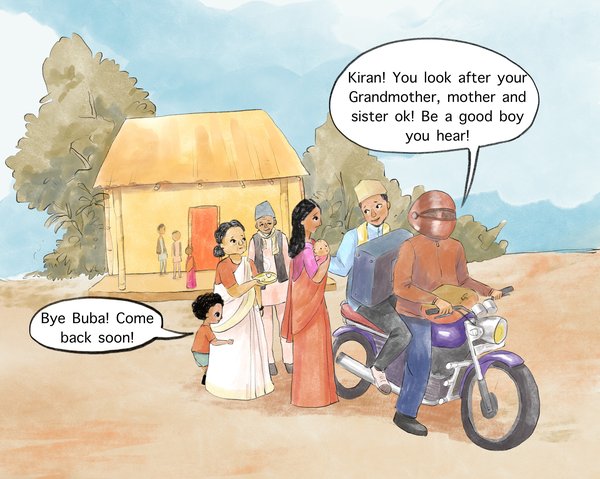
MIDEQ Regional Workshop. Photo via Jonathan Lim, MIDEQ Malaysia
Malaysia is an important destination hub or gateway for an array of citizens hailing primarily from South Asia and Southeast Asia. Before the COVID-19 global pandemic struck, about 2.2 million “regular” and an estimated 2-4 million “irregular” individuals from at least 15 different countries resided and worked in the country. Many of the latter category included the more than 180,000 refugees and asylum seekers registered with the UNHCR. Not surprisingly, a significant number of these individuals are found in the Federal Territory of Kuala Lumpur and adjoining Selangor state, the most urbanised and industrialised regions in the country.
Premised on this empirical fact, MIDEQ research partners descended onto the capital city of Malaysia for a symposium organised by MIDEQ Malaysia and themed “Migrant Kuala Lumpur” that ran from 1-8 November, 2023.
Inspired by the ancient Buddhist parable of several visually challenged persons labouring to grasp the full reality of the elephant from their differently positioned standpoints, all participants were allocated into five working teams throughout the symposium. At the end of the symposium, they were tasked with presenting their synthesized collective impressions and analysis derived from “data” generated from the various sessions and activities.

Photo via MIDEQ Malaysia
The symposium comprised three key articulated components. The first involved a scholarly bird’s eye view of the foreign labour landscape in Malaysia by Dr Andika Wahab (University Kebangsaan Malaysia/National University of Malaysia). This was followed by dialogue sessions with three key industry players – the Malaysian Employer Federation, the Association of SMEs (Small & Medium Enterprises), and the Association of Recruitment Agencies. They shared their frank views on the practical and logistical challenges they face in trying to square with various recent policy initiatives to uplift Malaysia’s lowly international ranking with respect to labour rights and governance.
The second component comprised sessions with four well-known Malaysian NGOs – Tenaganita, Sahabat Wanita, North-South Initiative, and Migrant Care – involved in helping foreign migrant workers seek redress in labour issues. To generate yet another perspective, the teams also held independent dialogue sessions with an array of community-based migrant and refugee groups helmed by individuals from different regions of Nepal, Indonesia, the Philippines, and Myanmar.
The third component was less structured and involved evening “walkabouts” in the locality where the symposium hotel was situated. Indeed, the area, once a sleepy backstreet, has now transformed into an internationally well-known destination for “authentic” street food for foreign tourists. Ironically, the labour force that buttresses this service industry – cooks, waiters and the like – are more likely to be foreigners themselves rather than Malaysians. The participants were tasked with striking up casual conversations with as many migrant workers as possible in the locality throughout the duration of the symposium as part of “data-gathering”.
Additionally, one of the evenings was set aside for a lively session with Malaysian art practitioners conducted by Tawona Sithole and his team. They shared the methodologies used in MIDEQ’s arts, creative resistance and well-being thematic area. Another evening was spent sharing a meal prepared by the local Kachin refugee community. This activity allowed participants to be privy to a recent civil society initiative called Dari Dapur (“From the kitchen”) which aimed at building solidarities between Malaysian and non-Malaysians through conversation over food.
As can be surmised, the overall motif of “Migrant Kuala Lumpur” was to create varied opportunities for its participants to conduct rapid ethnography through an array of curated activities aimed at getting close to the life experiences of the city’s diverse migrants. Judging from the reports presented by the teams at the end of the symposium, the collective outline of the proverbial elephant that was eventually sketched had a discernible shape even as it was partial and diverse in content.



